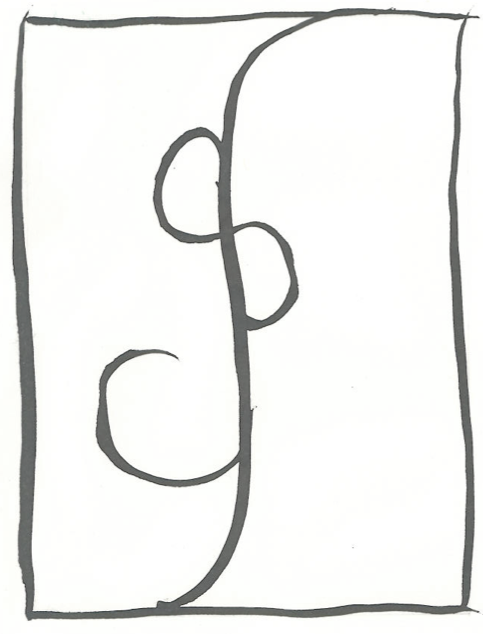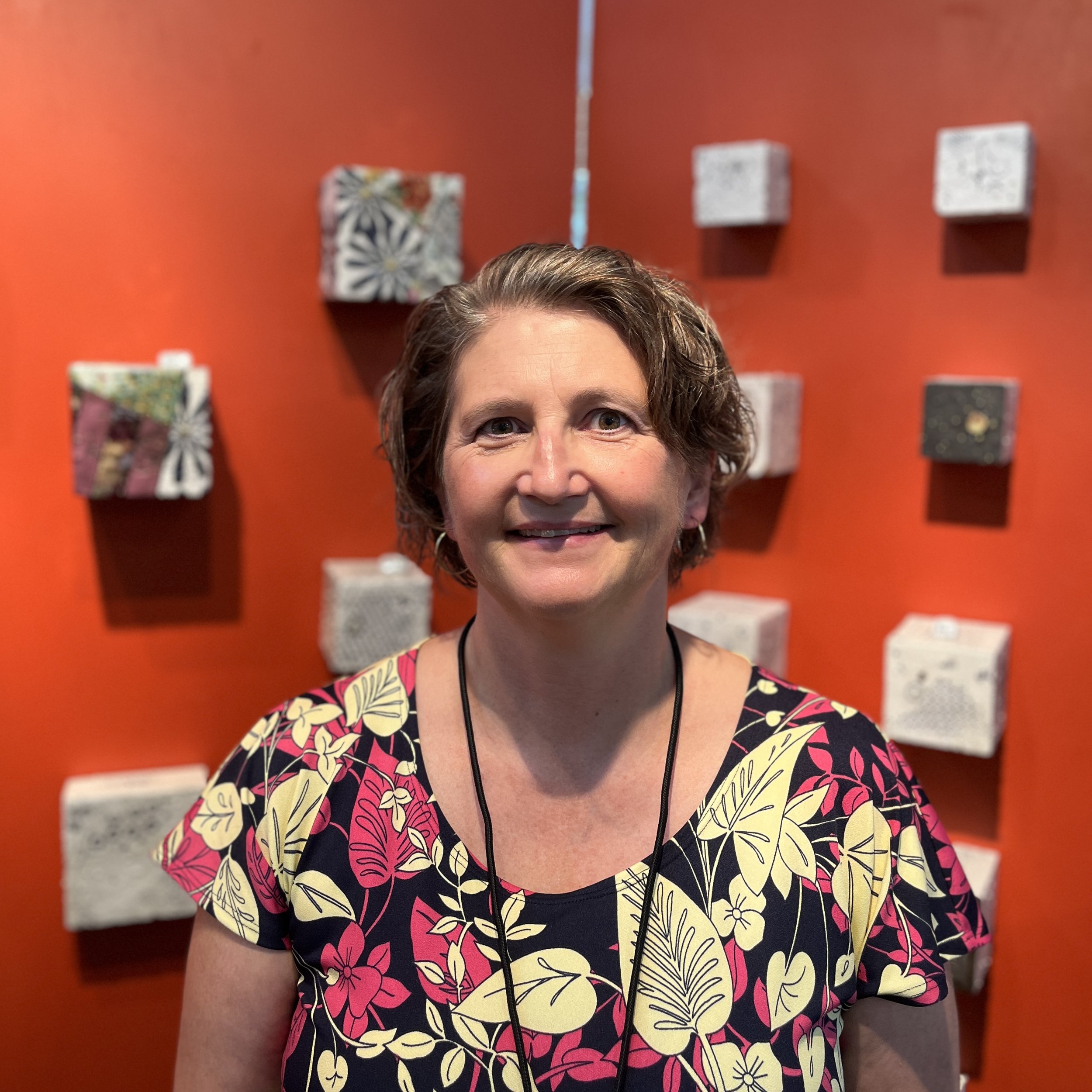Fine bone china and porcelain are frequently associated with treasured heirlooms that are passed down between generations. My association with porcelain stems from early childhood summer trips to visit my grandmother in Northern Ireland, where she would take me to local china shops to buy small porcelain souvenirs. As I pursued my ceramic education, and started working with porcelain, these memories came to the forefront to influence both my techniques and directions.
My current work combines elements of manufactured porcelain and Japanese pottery, particularly Shigaraki stoneware. Fine porcelain is highly processed and purified, mass-produced, and fired in a controlled manner using saggars, effectively removing any evidence of an individual artist. In contrast, Shigaraki ware is typically handmade stoneware with feldspar inclusions fired in an anagama kiln, the only decoration coming from the randomness of wood ash. The connection between the potter’s touch and the fire’s effect on the final piece is retained.
In my work, feldspar inclusions are added to porcelain and the resulting surfaces are achieved through a combination of an unpredictable atmospheric gas firing and reliable electric firing. The conflict is further explored by incorporating open-stock decals and metallic lusters, which have often been overlooked by modern studio potters as feminine hobby materials. I am interested in the conflict created by kitsch images on handmade objects, and in challenging the aesthetics and values presented when using such materials unconventionally. The resulting works illustrate the contrasts in aesthetics, forms, traditions, and function found between Japanese pottery and European fine porcelain. Through the application of underglazes, overglazes and decals, the textures are further enriched to give a more visceral surface not often associated with porcelain.

